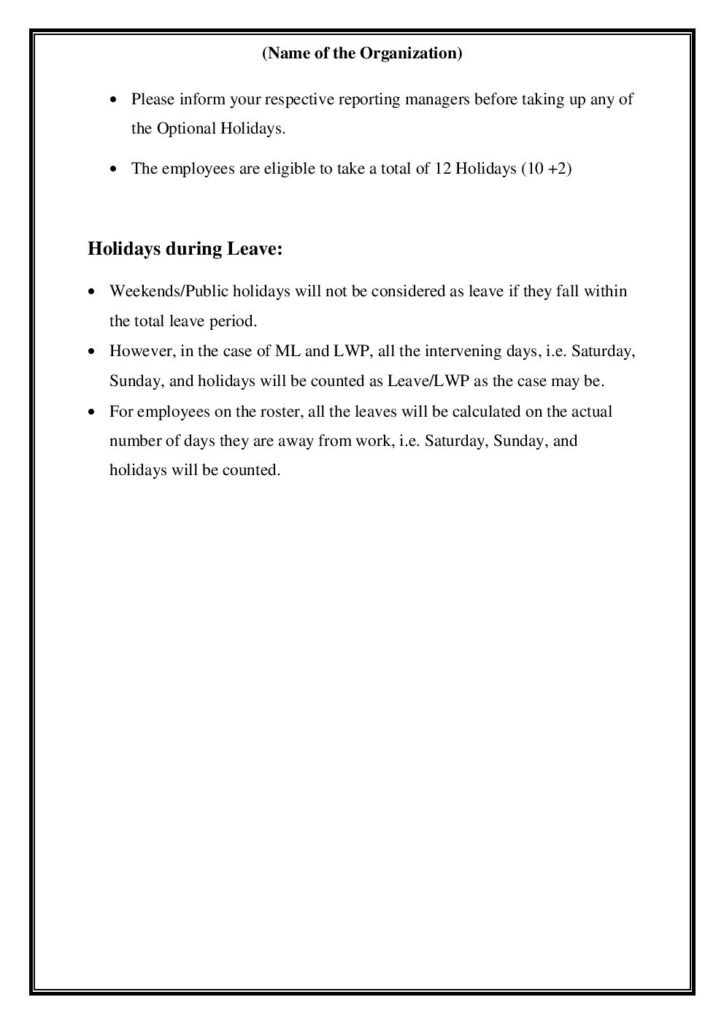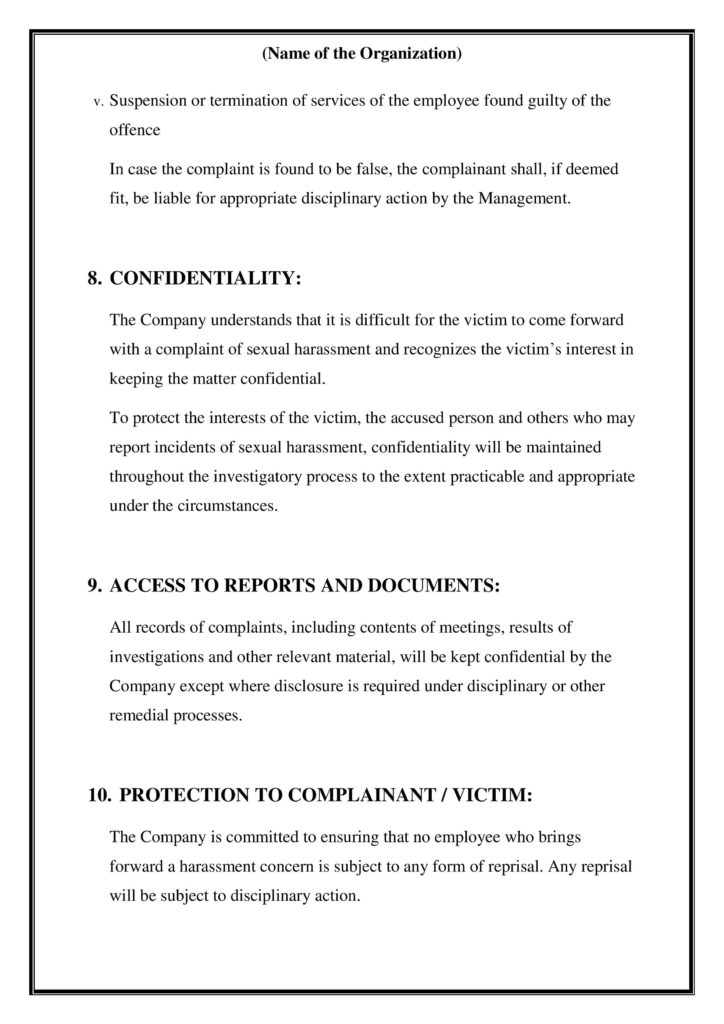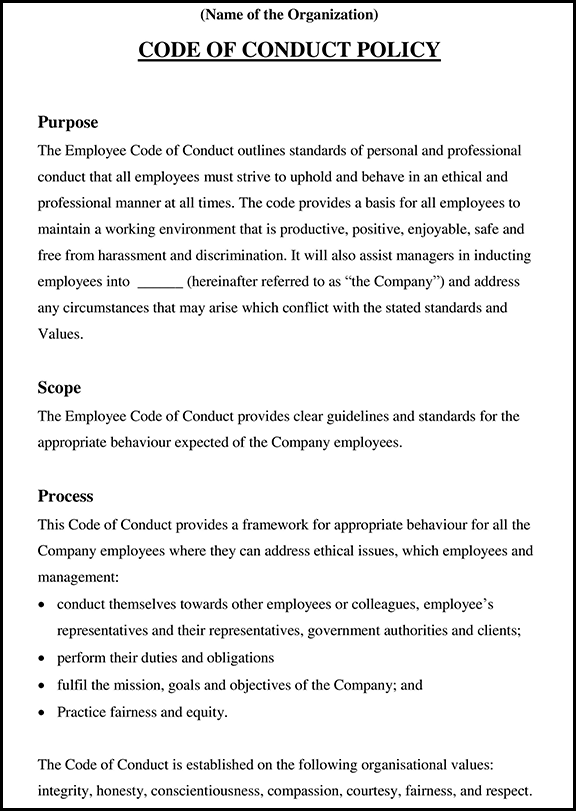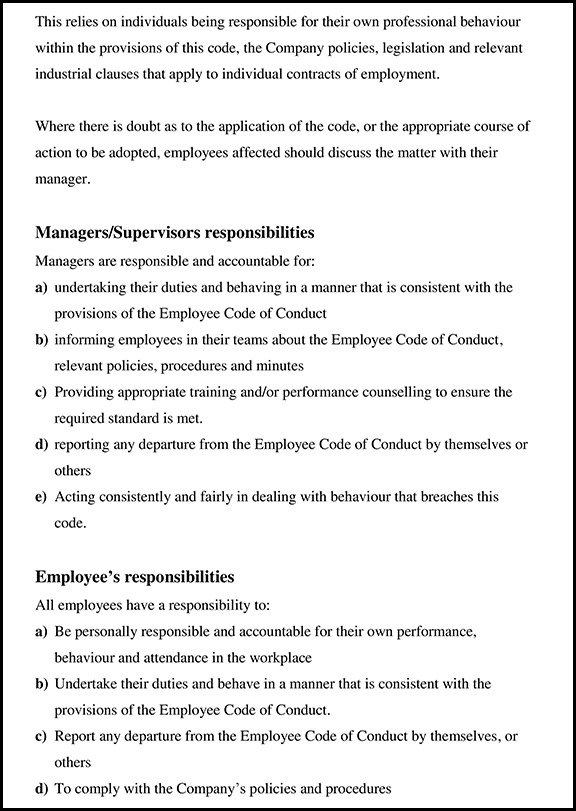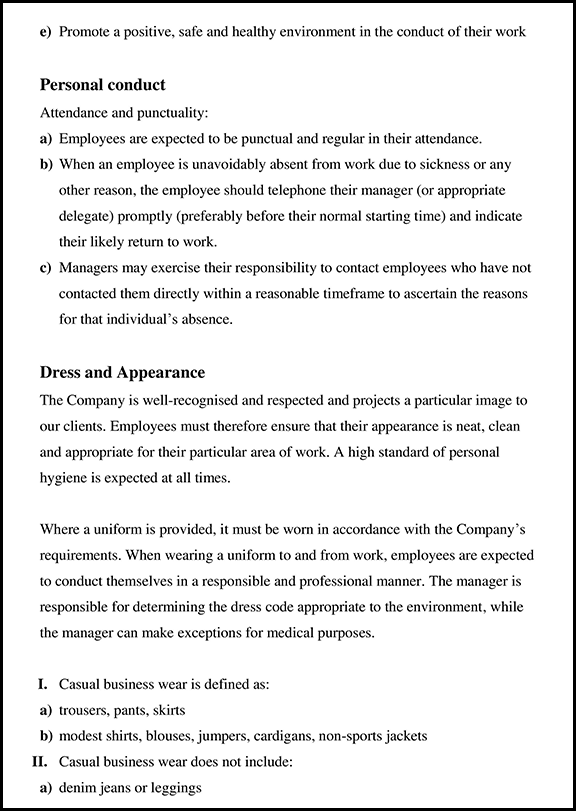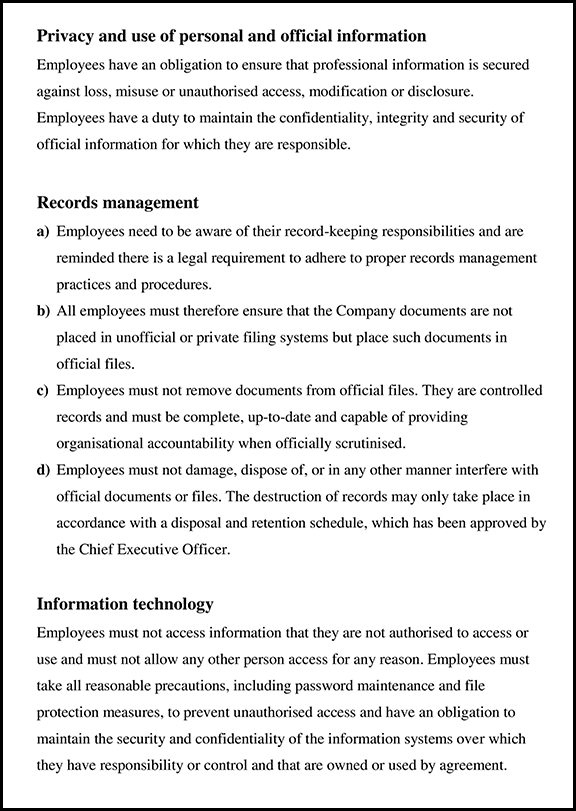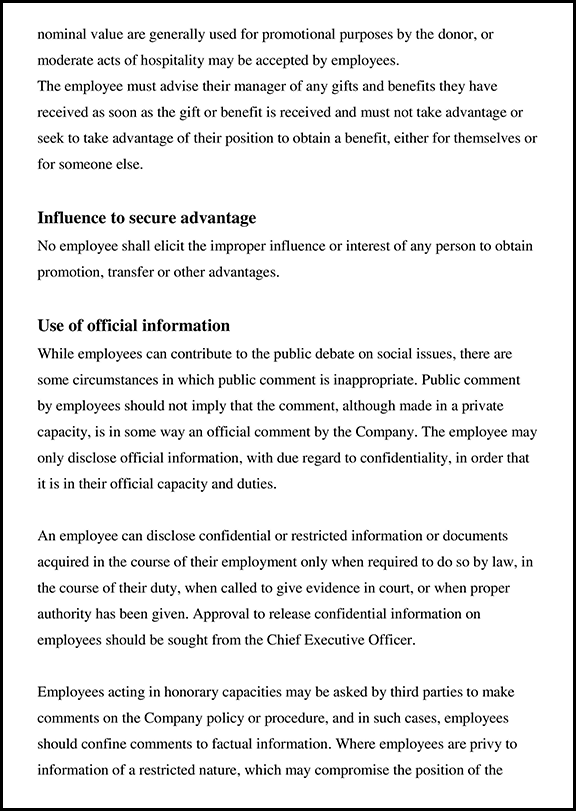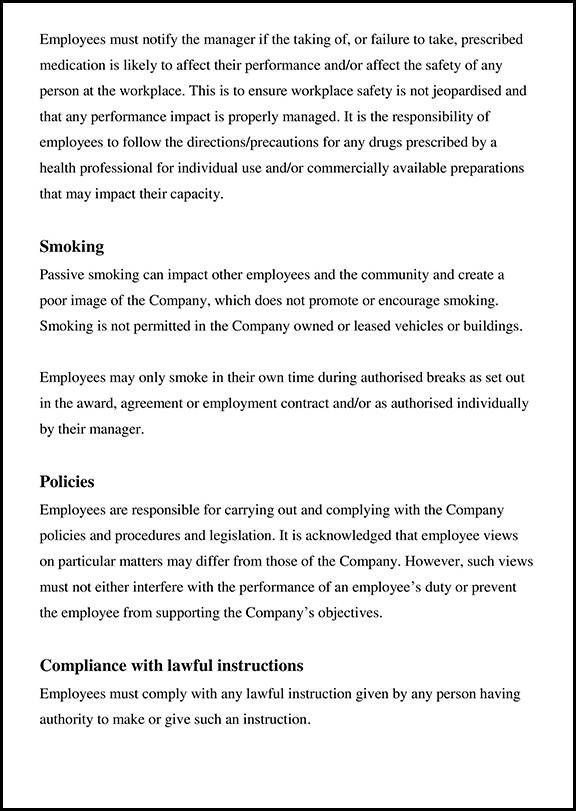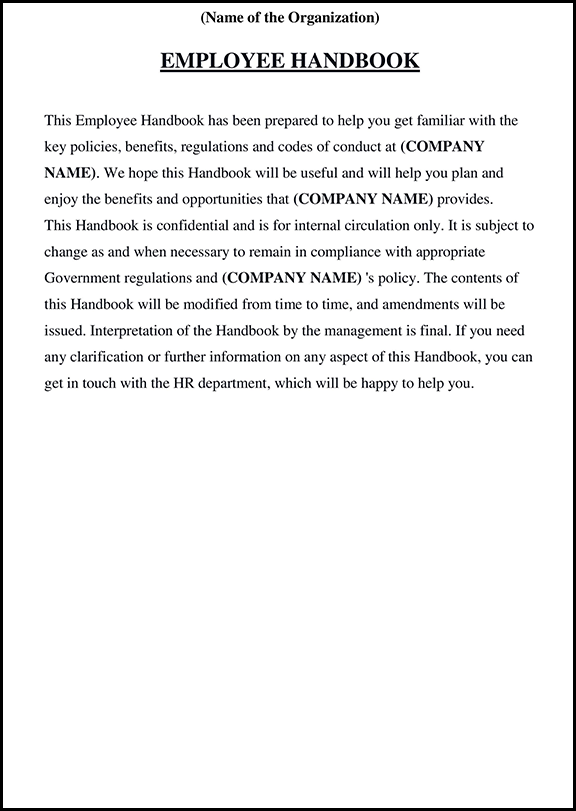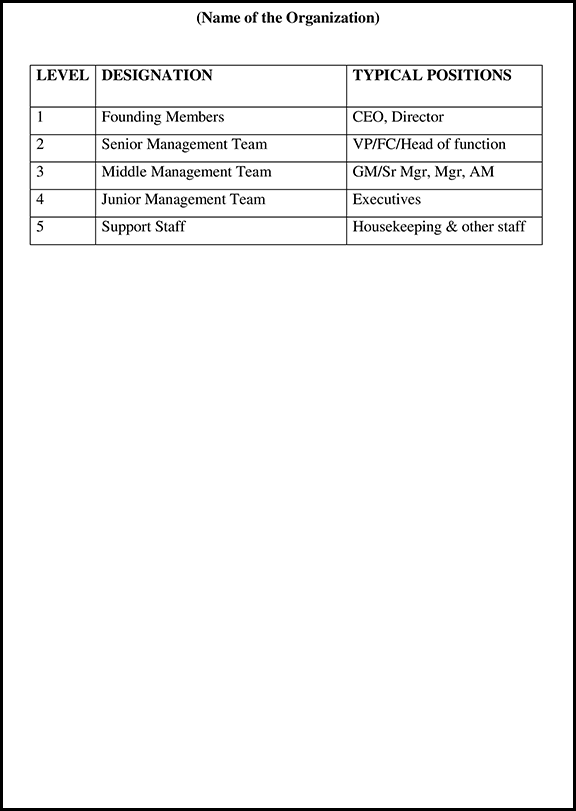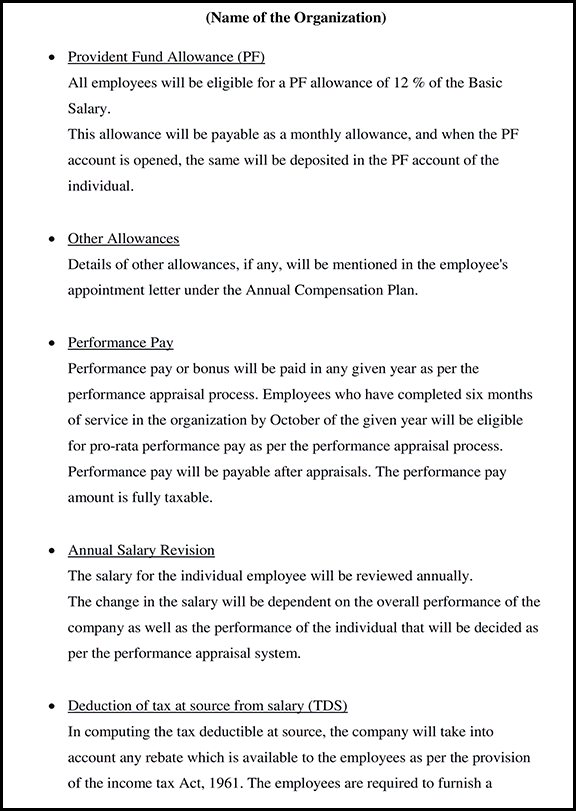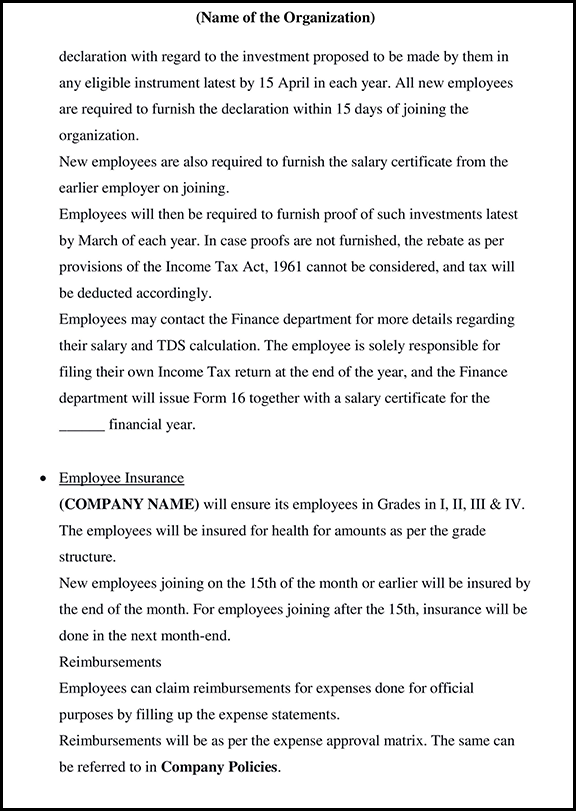
How to Implement a New Company Policy
How to Implement a New Company Policy?
Policies form an essential framework of an organization. How to implement a new company policy is often a dilemma and an unparallel experience to HR. Hence, with many plans already in the frame, rolling out a new policy does not guarantee a unanimous acceptance. Every new system encourages different feedback.
Policies are mandatory for the effective functioning of any organization. Policies bring structure and code of conduct Also, Even a small organization or a start-up should build a well-laid policy that supports the company. Moving forth, the companies can always review or revive the policies to the current requirements and supporting the then habitat.
Policies can be broadly restricted to three types when it comes to an organization.
HR Policies
HR policies blanket the essence of the organization. Right from onboarding to off-boarding, induction, employee benefits, retirement benefits, employee engagement, medical, housing Loans, insurance, and the official conduct in an organization comes under HR policies.
Operational Policies
Operational policies could be specific to department, team, project& task-specific and are designed to work within a particular set of guidelines as well as periphery.
Security policies
Security policies define the proper conduct in the organization premises without causing any destruction to the property and people within an organization.
IT Policies
IT policies are looped around various access within the organization, data sharing, and downloads. The IT policies, to a large extent, govern misusage of critical client information. It also ensures the specific conduct of an onsite employee when it comes to data handling.
The idea behind StartupHR Toolkit is to make HR documentation an easy and quick process. 😃
Just checkout our happy customer 😉 giving their whole heartedly feedback to our product StartupHR Toolkit 😊
Also Read: A Complete Guide to Documents Required For Company Registration in India
How to implement a new company policy would bring many questions, including the primary need for the policy.
Need for the policy
- How to implement a new company policy in the organization to bring a considerable change?
- Is this new policy just an appendage to an existing policy?
- How will this new policy benefit the employee or the company or streamline processes?
Any organization thinking about how to implement a new company policy should first consider the following parameters:
What are the goals of the policy?
Every policy has a goal, betterment of the process, and structured working habits. However when you plan to implement a new policy,
The new policy comes to fill in the existing gap in process or communication.
E.g., Working from home as a new policy introduced against the stringent existing system of working from office premises only.
Will the policy be able to resolve specific existing conflicts?
E.g., Late marks vis-a-vis the late working hours.
Is the organization introducing some new guidelines with some new project, department, or assignment?
E.g., Project guidelines for an employee going onsite.
Is a current policy being revised, amended, refurbished, and reintroduced?
E.g., The employee leave policy revised to accommodate new leave on Saturdays.
Scope of application
Identify and define to whom does this new policy applies. Will this policy impact specific groups of professionals or the entire workforce?
E.g., A maternity leave related policy is only applicable to the working women force.
An organization has a vast list of policies; however, in creating a new policy, specific steps can ensure the policy is framed in the interest of the organization and employees as well.
Also Read: 10 Essential HR Documents every HR should understand
Steps About for How to Implement a New Company Policy
Industry information
Do a little research about the same policy in a related setup as your organization, a competitor, or the industry at large. Not digressing much from the industry standards helps better and broader acceptance of the policy.
Write test & review
Write a policy and test it in a closed circuit of related employees. If the feedback calls for a review, then review the policy before introducing it to the larger masses.
Support and permissions from management
Obtain the necessary permission from the administration before and after the framing of the policy. Seek help from the management in case there are differences, before floating the policy to the employees.
Legal Checks
Does the policy fall in the bracket of any legalities? Do an advance check with your in-house legal consultant or a consultant you know before rolling out the policy.
Inform
Communicate to the masses through written or electronic mails (emails).
Inform on the date of commencement
Give the employees enough time to revert in case of objections and differences.
Be open to feedback
Feedback in any form about the policy should be welcome. Not all feedback can be incorporated, but specific feedback can help fine-tune the policy.
Handling discrepancies
In case any employee wants clarification, provide 1-2-1 sessions for an elaborate discussion.
Implement
After successfully incorporating the above phases, you can implement the new policy.
New Policy implementation pre-check if, how to implement a new policy is your challenge.
Unambiguous Policies
A policy should be unambiguous and not carry weight behind it. It should be easy to interpret, understand, and apply. Having an overly strict or unacceptable policy will mean the policy will not bring structure, but disrupt the working environment and would need dilution sooner or later.
Likeability
Answering the Why of the policy helps gain the likeability of the employees.
Involve key Stakeholders
Key stakeholders like the Head of departments and planning heads bring a real-time perspective to the game. They are working at the ground level and know what works best and will be accepted. Involve these strategic partners at the conception of the policy and then again while reviewing it.
Company culture
A policy that fits the company culture as well as enhances the working style is accepted faster.
Communication in writing
New policy implementation news communicated in written/email to ensure any further communication gaps.
Policy in the significant benefit of the mass
Define the masses/groups to whom the policy applies. Some policies are suitable for the entire workforce. Some policies are reserved and can impact only for certain groups. The purpose thus has to be communicated.
Expert reviews on how to implement a new company policy
- Engage experts in getting inputs on how to implement a company’s new policy?
- Involve experts in reviewing the policy before you float it to the masses. Ask for critical reviews and incorporate the best or practical suggestions.
- Even after extensive market research, Also, it is advisable to devise policies that are specific to your organization, culture & practices.
Potential issues from the policy
Policies should be in strict alignment and adherence to the company’s working standards and support them.
Random Policy implementation
Any policy announced by the management has its repercussions and effects. If it is a random policy and not well accepted in the organization. It is advisable to envision, plan, strategize, test, review, and implement.
Deploying a policy
How to implement a new company policy that is accepted and adopted, follows a strategic approach. Once all the parameters are set, it is now time to communicate to the masses. However, before doing that, it is advisable to concentrate on the more essential aspects.
Pilot test
Introducing the policy in a very tight group as a pilot test. If it’s a success, roll it on to the masses.
For Example, Every software undergoes a pilot test before claiming it is 100% available in the market.
In stages
The authority can release the policy in stages for, eg. in the head office first and subsequently on review and acceptance, further in the branch office or other country offices.
Broadcast
Broadcast the policy to the masses when it passes all the tests.
Benefits
Ensure employees know why is the policy created as well as how they are going to benefit the short-term or long-term.
Policy acknowledgments
Once you communicate the policy to the broader audience, there has to a closed loop of acceptance or difference of opinion. Make a person accountable for pressing and obtaining all the approval. Do this under a deadline to ensure tight control.
Policy review
A new policy could be an old policy – make clear if it an appendage, an extension, dilution or reframing altogether. New Policy could also be a brand new policy and Every policy has a specific life and needs to be reviewed and revamped from time to time. All through, the focus on working in a process stated above to ensure a structured output.
Non Compliance
Policies are created to bring conduct to the organization. However, in lieu of the existing policies, when implementing the new policy it should be added with a disclaimer of non-compliance.
The Non-compliance disclaimer should state the policy is for the larger benefit of the organization and devised for an efficient and improved working environment. So, that every employee to whom the policy applies has to follow it lest would attract penalty duly. The immediate supervisors or reporting heads should try to arrest any deviations in the early stages or communicate the same to the HR.
Policies allow employees to remain in a secured framework keeping them away from any legal, disciplinary, arbitrary, or discriminatory practice. Policies help fair and consistent behavior towards all.
Every new policy implemented is a small change towards a larger goal. The organization is moving from one version to an advanced one. However, challenges in HRM will be there, but things work when you clearly state the purpose.
Join a Community of 1,00,000+ HR Professionals





















